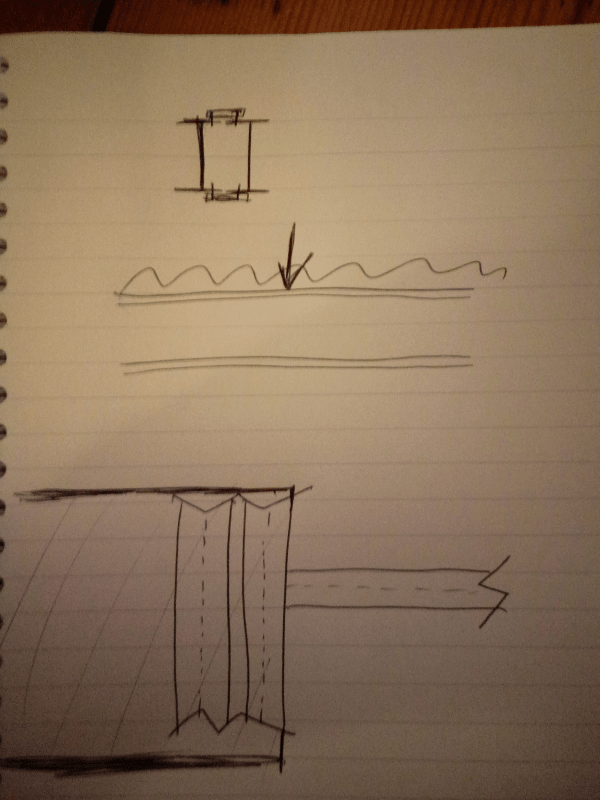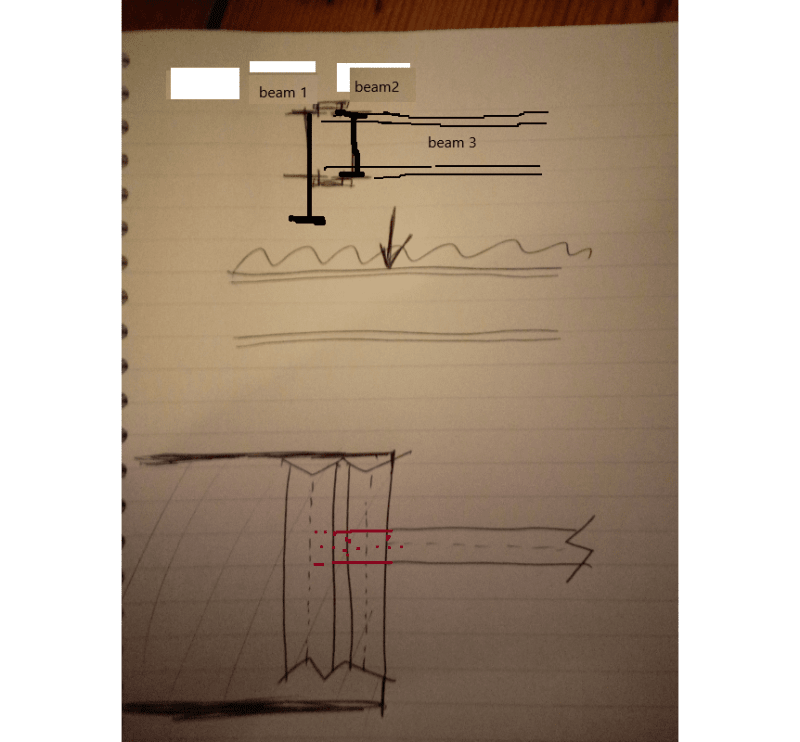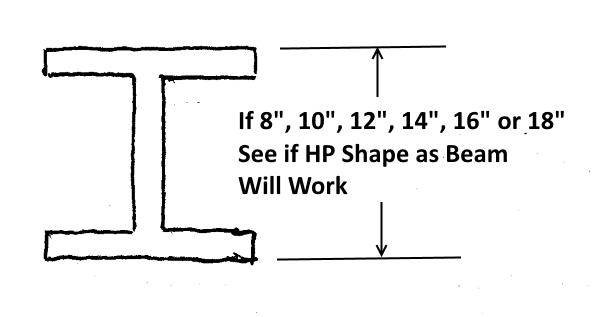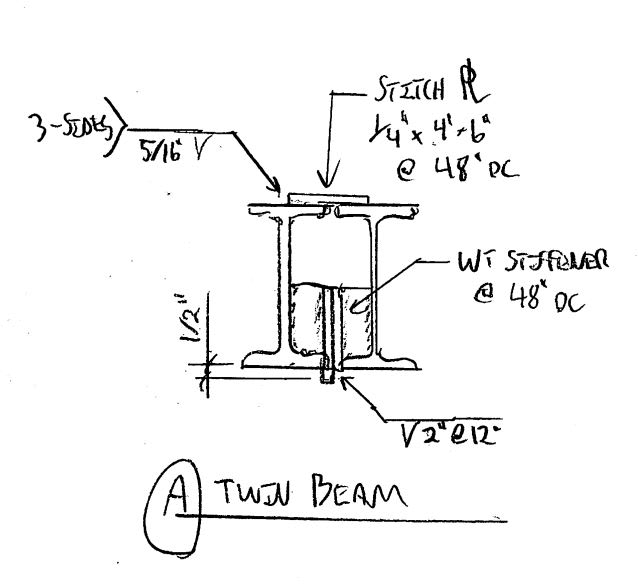JonJonSon
Structural
- Jan 17, 2020
- 3
Hello all, I am looking at two parallel beams but have my suspicions on using parallel axis theorem. It seems the beams the "overall" member will be too stiff and therefore not representative.
Generally the "beam set" supports a slab and a point load.
Beam 1 supports majority of the slab.
Beam 2 supports a small amount of slab and a point load.
Sketch uploaded.
Could you recommend an approach to analysis?
My thinking is beam 1 standard UDL, Beam 2 UDL + point load.
My issue comes when thinking about LTB and designing connection stiffness.
Many thanks.
JJS

Generally the "beam set" supports a slab and a point load.
Beam 1 supports majority of the slab.
Beam 2 supports a small amount of slab and a point load.
Sketch uploaded.
Could you recommend an approach to analysis?
My thinking is beam 1 standard UDL, Beam 2 UDL + point load.
My issue comes when thinking about LTB and designing connection stiffness.
Many thanks.
JJS





![[idea] [idea] [idea]](/data/assets/smilies/idea.gif)
